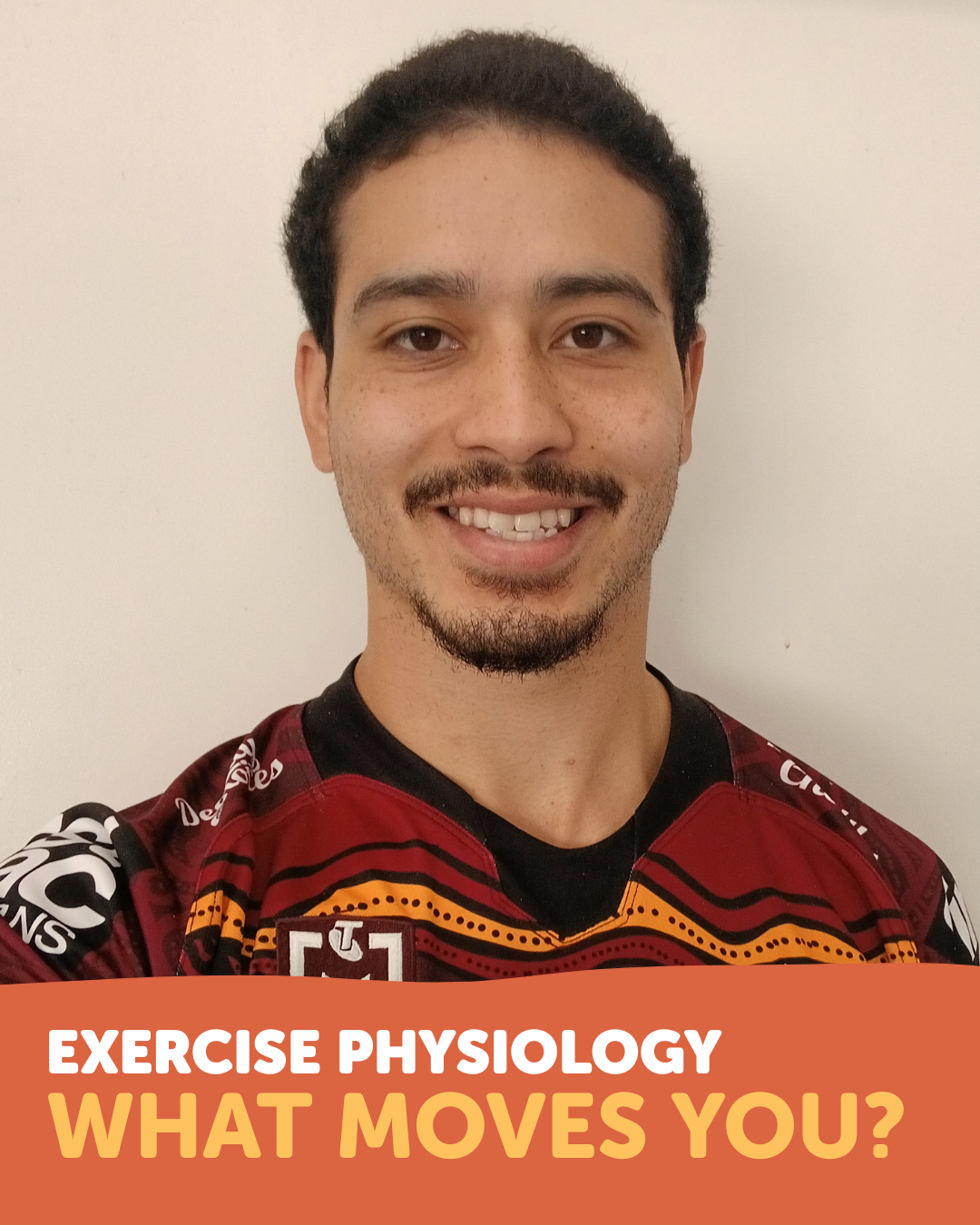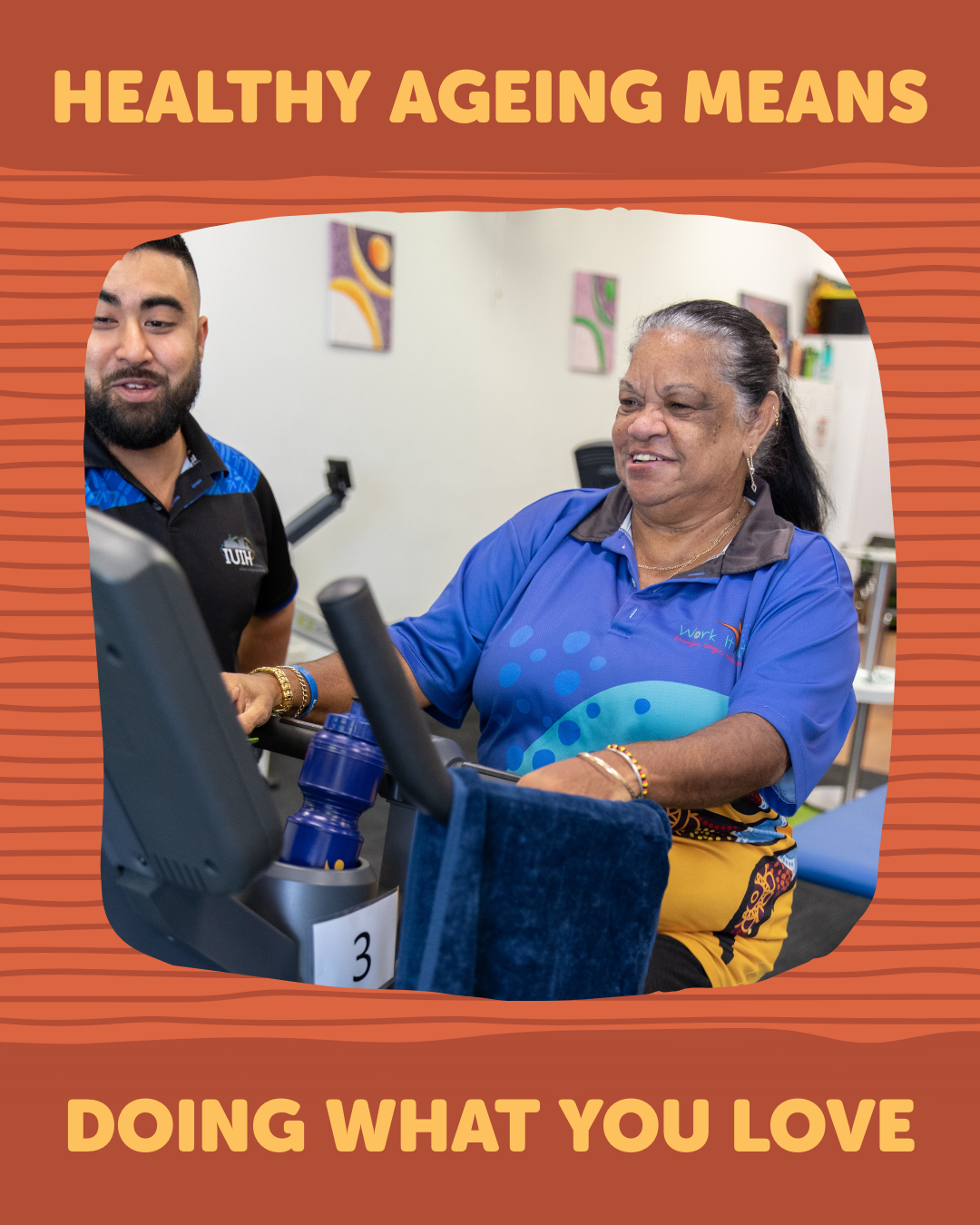Today is World Clinical Exercise Physiology Day.
At IUIH, we’re proud to celebrate the incredible work of our Clinical Exercise Physiologists who walk alongside our community every day, supporting better health outcomes through culturally safe and evidence-based movement programs, including:
- chronic disease management
- Work It Out – our group-based program supporting clients with chronic conditions
- Deadly Fit Mums – supporting mums pre and post pregnancy
- Heart and Lung Rehab – our cardiac and pulmonary rehabilitation programs
- falls prevention, diabetes care, cardiovascular health and more.
Exercise physiologists are a vital part of the holistic care we provide. They work in partnership with our clients to create personalised plans that respect culture, community and connection to Country.
We acknowledge and thank all our exercise physiologists across the IUIH network who are supporting Mob to live longer, healthier lives through the power of exercise. We see you, we appreciate you and we celebrate your special day.
Meet Nathan Sagigi.
Nathan is one of IUIH’s dedicated exercise physiologists, working across the Moreton ATSICHS Heart and Lung Rehab Program and delivering services at the ATSICHS Browns Plains clinic. He brings a strong cultural foundation to his work, with connections to the Wakaid Clan from Badu Island, the Dauareb Clan from Murray Island, and the Wuthathi people.
“I’m currently facilitating the Heart and Lung Rehab Program at Moreton ATSICHS and delivering EP services at the ATSICHS Browns Plains clinic,” Nathan explains. His role focusses on supporting clients with chronic and complex conditions through tailored exercise interventions.
When asked about the difference between physiotherapists and exercise physiologists, Nathan offers a clear distinction:
“Exercise physiologists prescribe exercise interventions to improve functional capacity and quality of life for people living with chronic conditions, complex medical conditions, injuries and disabilities,” he says.
“Physiotherapists diagnose, manage and treat a diverse range of acute and chronic conditions and movement disorders using manual therapy, exercise and other modalities. You would see a physiotherapist in the acute stages of an injury or pain and an EP for long-term management.”
Nathan’s motivation to enter the field was deeply personal.
“The high incidence of chronic conditions within my community and the impact that chronic conditions had on members of my family,” he says, were key factors in his decision to pursue exercise physiology.
For those considering a role at IUIH, Nathan offers practical advice:
“Be open-minded and challenge yourself to really listen to the clients you work with and reflect on how you can adapt your practice to suit their needs.”


